Linux development preparation-install VMware and run Ubuntu
2.1 Install VMware
There are many virtual machine software under Windows, and VMware and VirtualBox are popular on the market. VMware is divided into a paid professional version of Workstation Pro and a non-commercial free version of Workstation Player. Workstation Player is recommended.
First download the Workstation Player installation package from the VMware official website (www.vmware.com), or use the installation package we provide.
In "Baidu Netdisk Development Board Supporting Information\01_Tools (tools)\01_Tools.zip", the VMWare installation software is: VMware-workstation-full-15.1.0-13591040.exe.
The installation method is shown below:
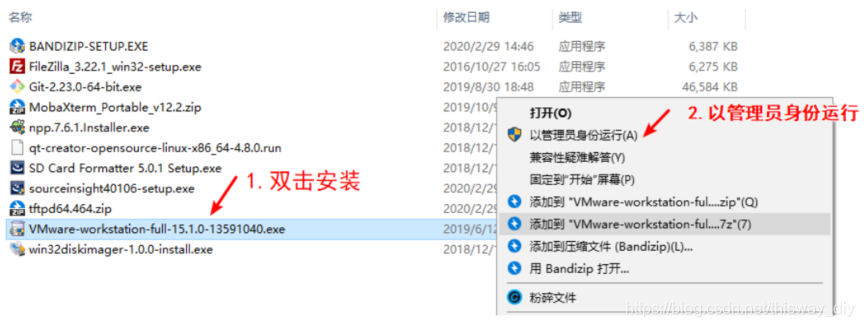
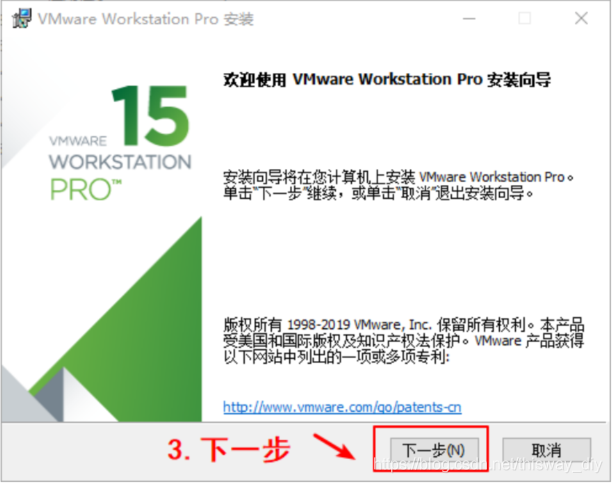
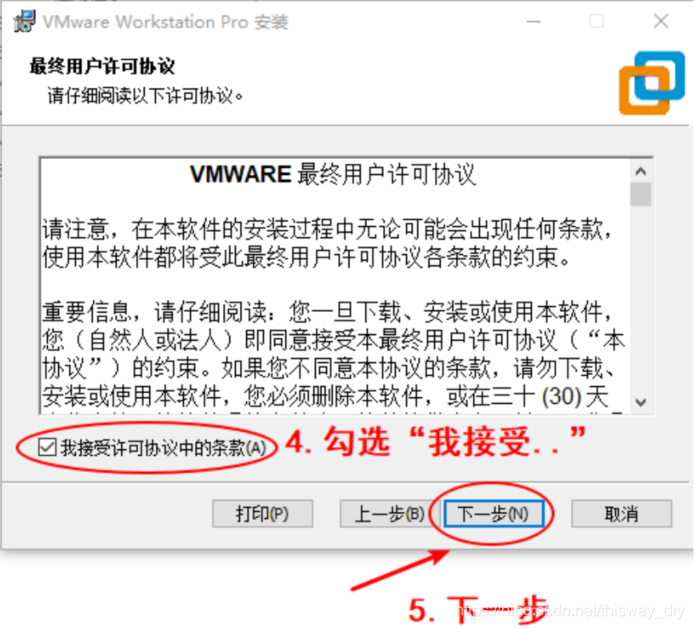
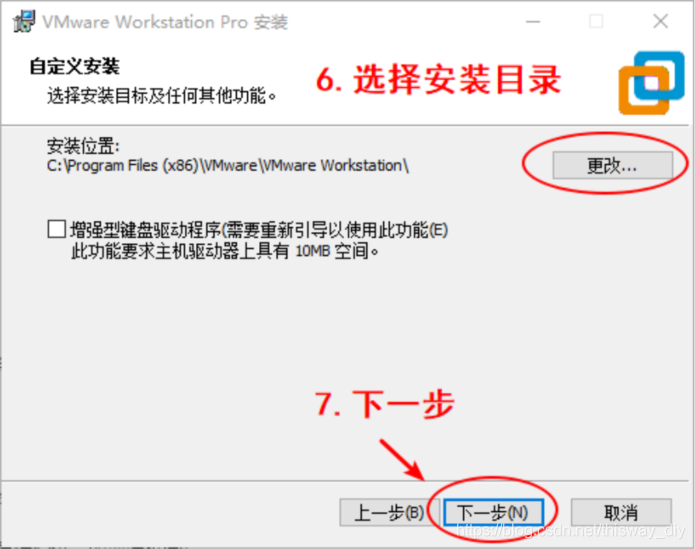

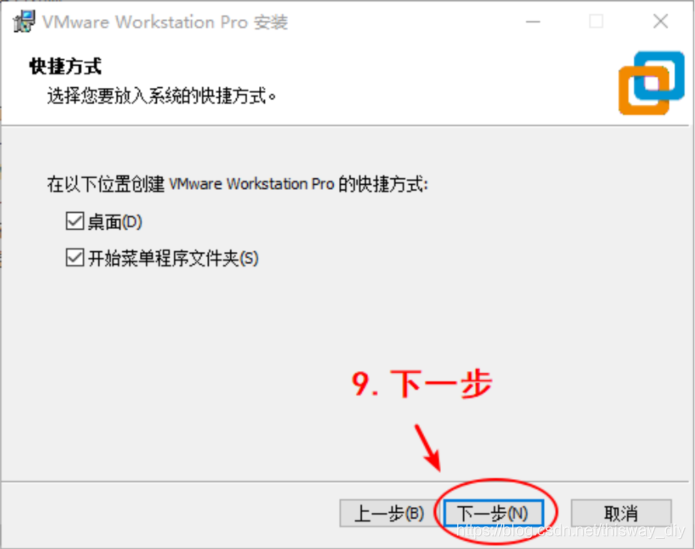

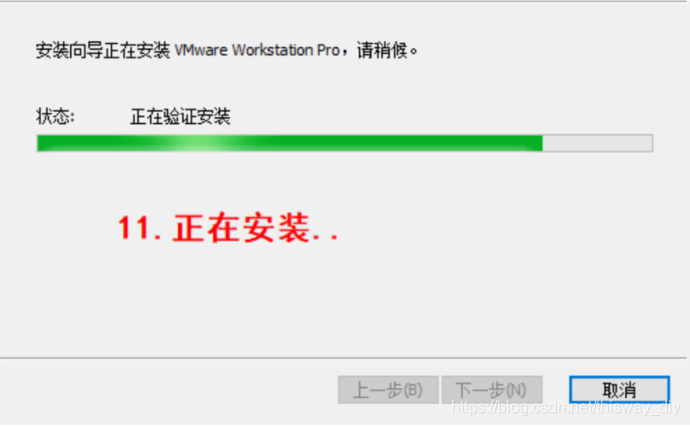
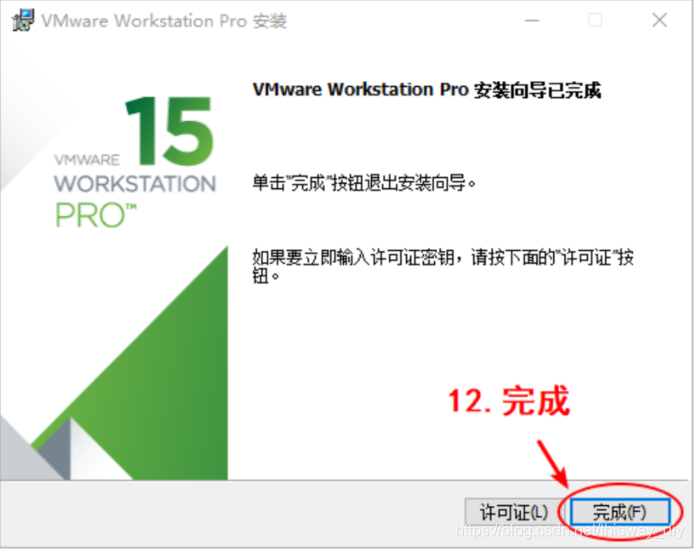
After the installation of VMWare, there are two softwares, both of which can be used. It is recommended to use the second one:
① Vmware Workstation Pro: This is chargeable and can be tried for 30 days.
② Vmware Workstation 15 Player: This is free.
Note: The system used in this article is Windows 10.
2.2 Open Ubuntu with VMware
2.2.1 Download and unzip the Ubuntu image file###
Unzip "Network Disk Supporting Information\01_Tools (Tools)\100ask-vmware_Ubuntu18.04.7z", which is an Ubuntu image file.
note:
① We recommend that beginners do not install Ubuntu by themselves. After all, you may not even be familiar with basic Linux commands.
② Please directly use the Ubuntu image file provided by us. There is no technical content to install Ubuntu from scratch.
③ 100ask-vmware_Ubuntu18.04 does not support win7 32-bit and Windows xp computer systems. If you have any questions, please contact technical support.
2.2.2 Start virtualization on the BIOS
The BIOS of most computers has already started virtualization, you can open the device manager to confirm this, as shown in the figure below:
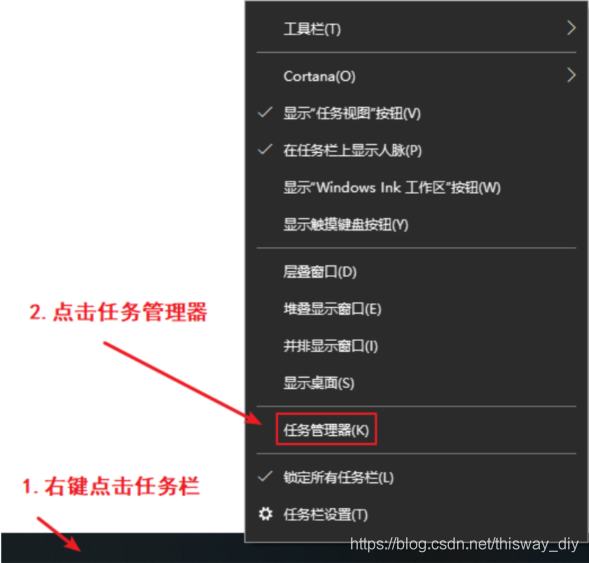

If virtualization is not displayed as "Started" in the above figure, you need to restart the computer and enter the BIOS to start virtualization. The BIOS setting interface of each computer may be different, the following steps are just examples.
① Enter BIOS
During the process of turning on or restarting the computer, repeatedly press the F2 key at the self-check screen (Note: some models use Fn+F2) to enter the BIOS Setup interface.
② Find the virtualization menu
Use the right arrow key of the keyboard to select the "Configuration" menu, and then use the down arrow key to select "Intel Virtual Technology"
Select and press Enter, as shown in the figure below:
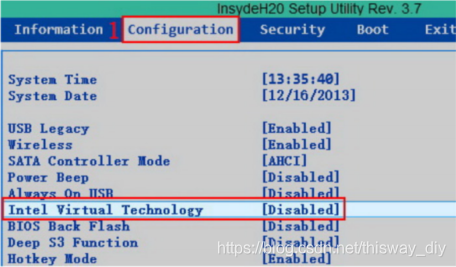
③Enable virtualization
In the pop-up menu, select "enable" and press Enter, as shown below:
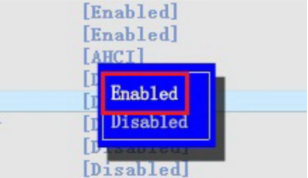
④ Save
Finally, press the F10 hotkey on the keyboard (Note: some models need to cooperate with Fn+F10) to bring up the save dialog box, select "Yes" to save and exit and restart the computer automatically, as shown in the following figure:

2.2.3 Use VMware to open and run Ubuntu image file###
① Open Vmware Workstation 15 player as an administrator: as shown in the figure below:
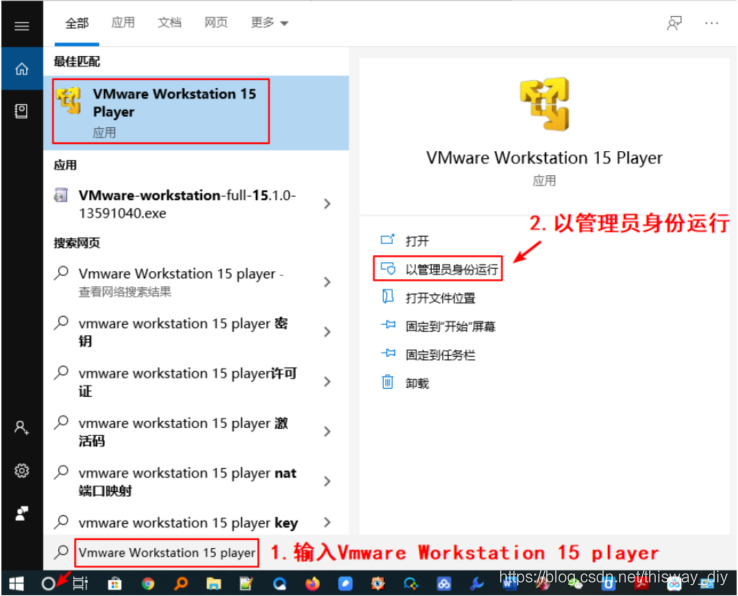
② Unzip the Ubuntu image file, and then click "Open Virtual Machine" to open the previously unzipped ubuntu file "Ubuntu 18.04_x64.vmx"
As shown below:
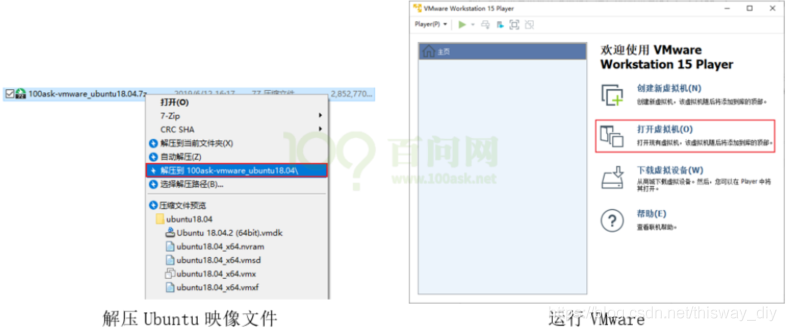
③ Open and click "Play Virtual Machine" to start, as shown below:
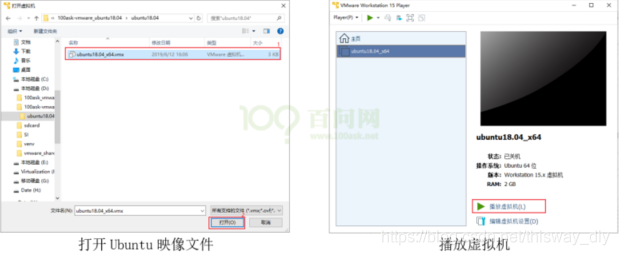
④ When you start Ubuntu for the first time, select the default "I have copied this virtual machine", and enter the password "123456" after startup
Press Enter to log in:

Note: The virtual machine does not open the keypad by default. If you use the keypad to input, please turn on the keypad first. As shown below:
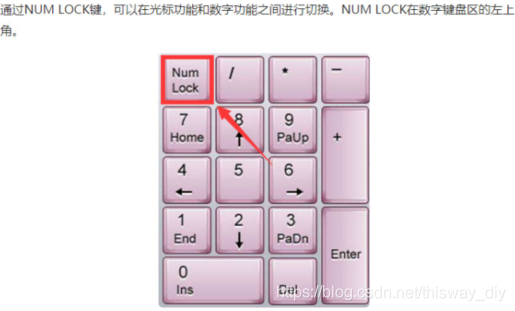
Recommended Posts